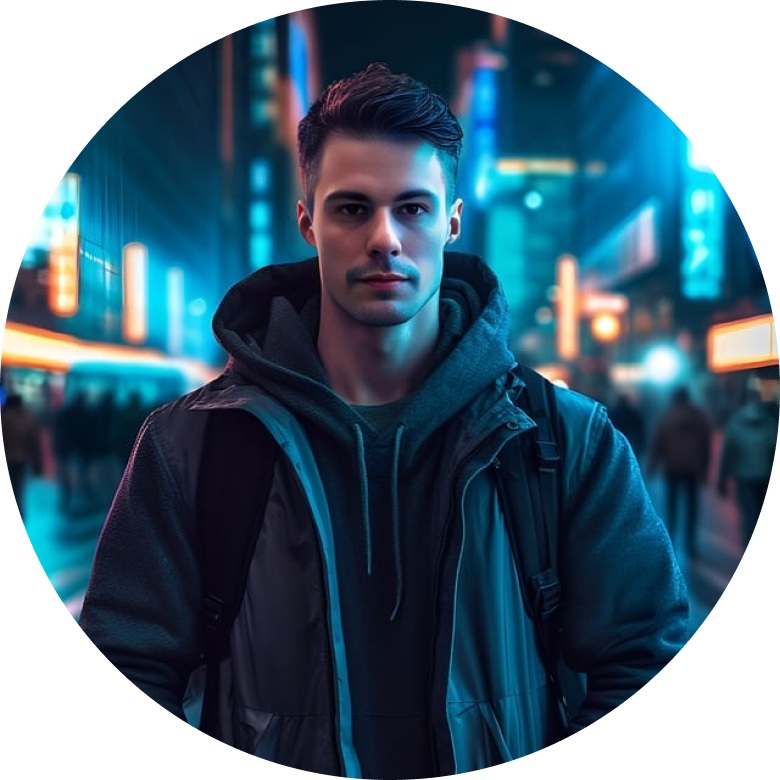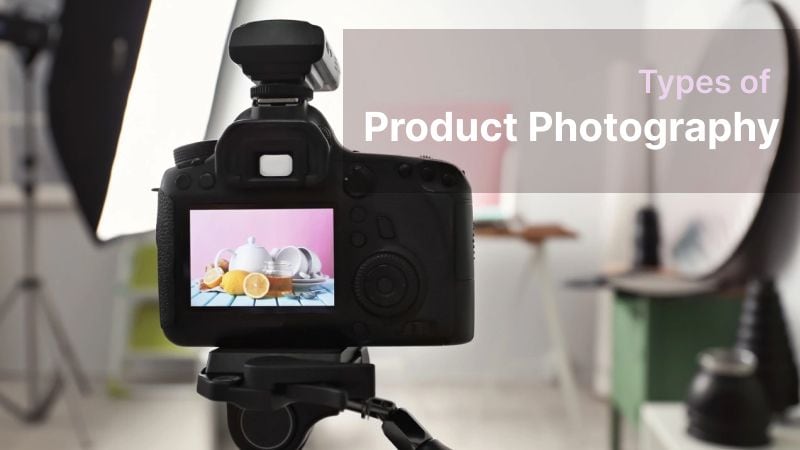Product photography is an essential part of an e-commerce store. You must create fantastic imagery to engage potential buyers, convince people to buy your products, and highlight all of the details of your products. These images are the direct link between your customers and the products.
Product photography is about using different techniques to present products appealingly. But this imagery doesn’t only work for online advertisement – it can be used in the physical world to boost lifetime value, convert people into paying customers, and engage potential customers.
Today we will talk about different types of product photography and how they work.
In this article
-
- Hanging Product Photography
- Flat Lay Product Photography
- Normal Size Product Photography
- Large Product Photography
- Macro Product Photography
- Process Product Photography
- White Background Product Photography
- Advertising Product Photography
- Packaging Product Photography
- Mannequin Product Photography
- Hero Shot Product Photography
- Action Product Photography
- Studio Product Photography
- Group Product Photography
- Individual Product Photography
- Scale Product Photography
Why Should You Know Different Types of Product Photography?
Even though there are no “official” types of product photography, they definitely exist. Understanding them will help you choose the right option for your target audience, your products, and the goals you want to achieve.
Product photography can differ based on usage, the details you want to display in your shot, the props you’re using, the purpose of the images, the platform used, dimensions, size, and the number of objects you include in your photos.
16 Essential Types of Product Photography
Here’s a complete list of product photography we’ve gathered for you today:
1. Hanging Product Photography
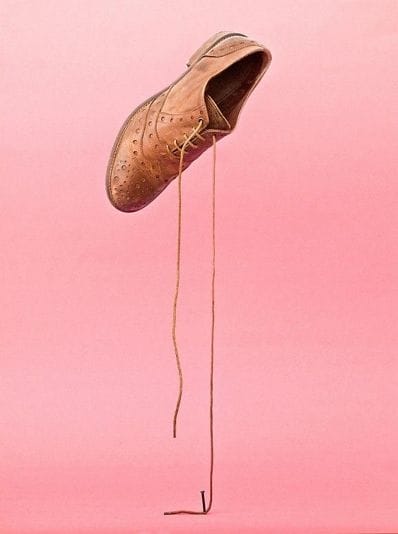
Hanging products during photography gives a more three-dimensional feel and look. Products are hung with different lines that are usually edited out or simply invisible in camera shots. Some products can’t be presented in their full glory when they’re not hung because this is their natural position when used.
For example, you can hang a necklace or pants to give them a better feel. You can use these products for apparel, accessories, jewelry, and unusually shaped objects. It’s about using gravity in your favor.
2. Flat Lay Product Photography
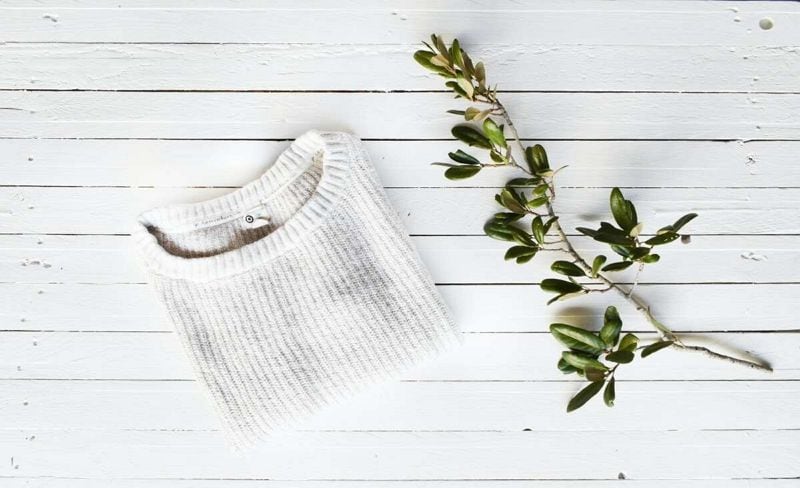
Flat lay product photography has become an increasingly popular and effective technique in the world of e-commerce and social media. This style involves arranging products on a flat surface and capturing them from a top-down perspective. With its clean, minimalistic, and visually appealing aesthetic, flat lay clothing photography has gained favor among brands, influencers, and businesses seeking to showcase their products in an engaging manner.
The beauty of flat lay product photography lies in its versatility, allowing photographers to experiment with different props, backgrounds, and styling elements to create visually striking compositions. From fashion accessories to food items, this style effectively highlights the key features, textures, and colors of the products. The top-down perspective provides a comprehensive view, making it ideal for showcasing product sets and achieving image cohesion.
By combining attention to detail, composition, and creative styling, flat lay product photography has revolutionized product presentation online, helping businesses capture the attention of their target audience and make a lasting impact.
3. Normal Size Product Photography
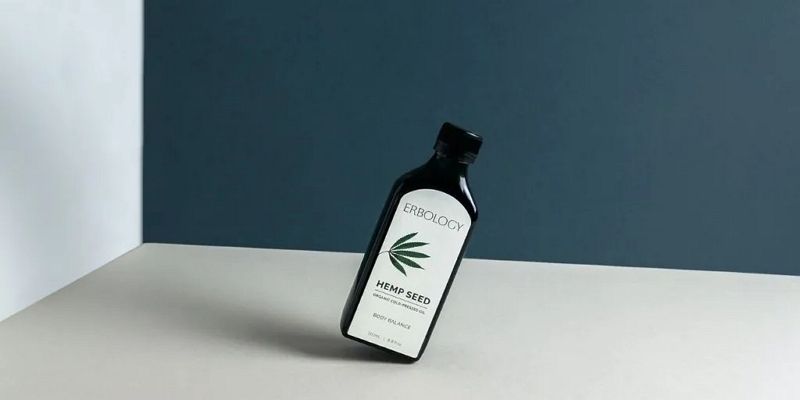
Normal size product photography focuses on capturing products in their actual dimensions, without altering their size or proportions. Unlike macro or close-up photography, this type of product phography aims to provide an accurate representation of the product's size and appearance.
Normal size product photography is commonly used in e-commerce, advertising, and catalogues, where customers need to see the product in its true form. By employing appropriate lighting, composition, and attention to detail, this style allows businesses to showcase their products in a clear and realistic manner, enabling customers to make informed purchasing decisions based on accurate visual information.
4. Large Product Photography
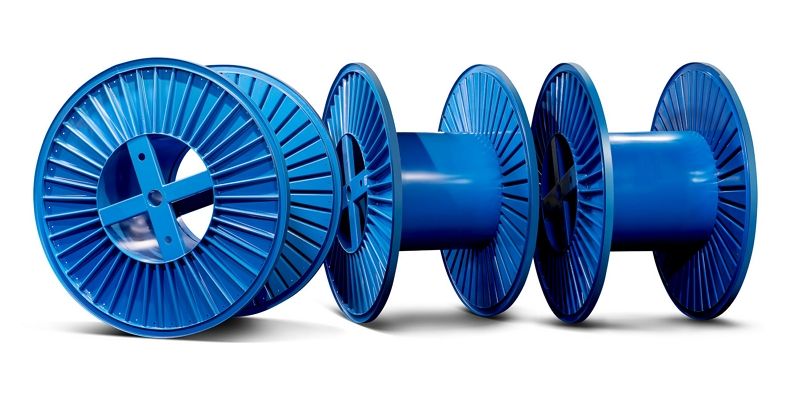
Large product photos present some unique challenges. The product’s weight, purpose, and size can be difficult to present in images. Photographers use similar shooting, lighting, and location strategies as smaller products but must keep scale in mind.
In some cases, it’s about showing the context of a product where size matters. That means placing your product next to something comparable and taking wide shots to indicate scale. On the other hand, some companies like to present a large group of smaller products in a single shot, requiring large studios and lighting equipment for proper presentation.
5. Macro Product Photography
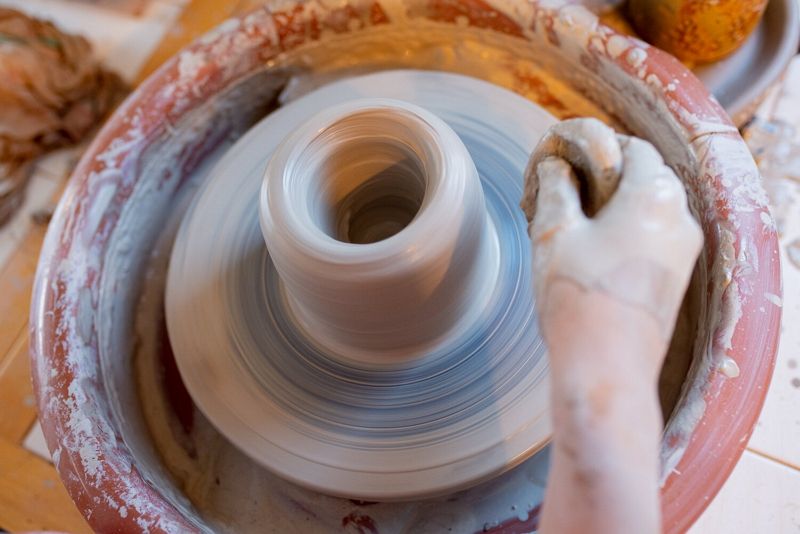
Macro product photography is a specialized technique that focuses on capturing extreme close-up images of small products or details. This type allows photographers to showcase intricate textures, fine details, and the hidden beauty of products that may go unnoticed in normal-sized photography. By utilizing macro lenses or lens attachments, photographers can magnify the subject to life-size or even beyond, revealing mesmerizing details that captivate viewers' attention.
Macro product photography is widely used in various industries, including jewelry, cosmetics, electronics, and food. It enables businesses to highlight the craftsmanship, quality, and unique features of their products, creating visually stunning images that entice customers. From the delicate engravings on a piece of jewelry to the vibrant textures of a flower petal, macro photography offers a new perspective that showcases the artistry and intricacies of the subject.
The careful control of lighting, focus, and depth of field is crucial in macro product photography. Professionals often use specialized lighting setups, such as ring lights or diffusers, to illuminate the subject and eliminate unwanted shadows. Selective focus is employed to draw attention to specific details, creating a sense of depth and visual interest in the composition.
You may also be interested in: Best macro lens for jewelry photography
6. Process Product Photography

Process product photography is rare but gives great results when used correctly. This type of product photography refers to photos capturing how products are being made. The main goal of process product photography is to give more context and, in a way, similar to hero photos.
Process images are often used in the beauty industry or handmade product niches. If you’re selling handmade products, it’s generally a great idea to show people how these products are made and how the process enriches them.
Simply put, selling handmade products means people are getting something more unique. Creating handmade products means you’re taking special care of the production process.
7. White Background Product Photography
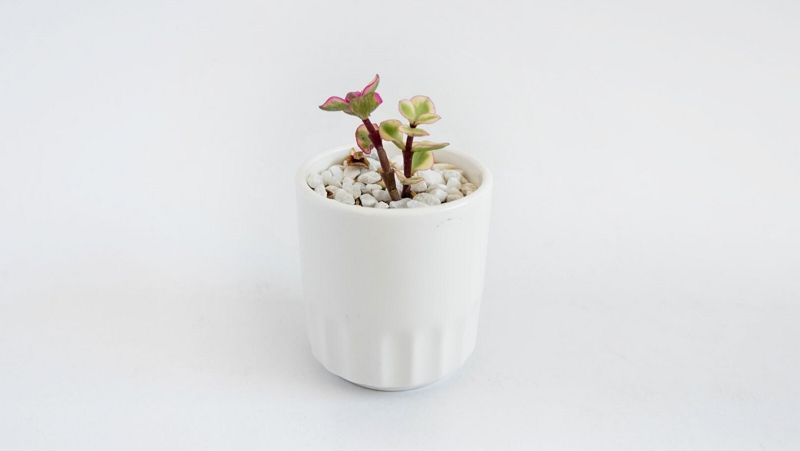
This is the most common product photography type and can be combined with other types. Even though it’s widespread, it’s also one of the most effective options. Most brands have product pages with basic images and a white background. It’s simple, clean, and delivers the information users seek.
It’s the best option for an e-commerce store, and you can commonly see them on Etsy, eBay, Amazon, etc. With these kinds of images, you can start selling products on any marketplace like Amazon or build your own store.
White background product photography is flexible and can be repurposed for other uses. You can always remove the white backdrop with some other color, add a background, or add additional products to your images.
In addition to the classic white background, black background product photography stands out as another highly favored style for capturing product images.
8. Advertising Product Photography
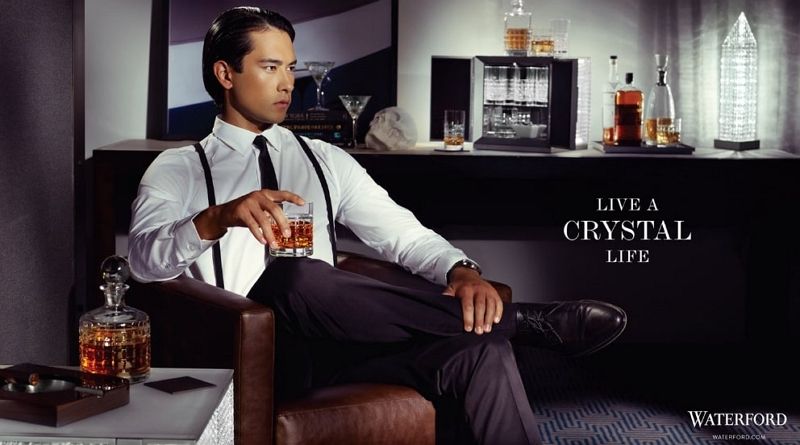
Advertising or promo images offer a lot of variety in size, colors, fonts, and shapes. These photos allow photographers to get creative with their shots during post-production. Advertising photography combines products, memorable inscriptions, and logos.
They are ideal for marketing, promo, social media, etc. The visuals and text spark interest and make people want to check out your product, brand, or website. For example, if you’re selling flowers, you can add a photo of a plant and text like “specialized flower arrangements for any occasion,” indicating that you offer a wide range of flowers in your store.
9. Packaging Product Photography
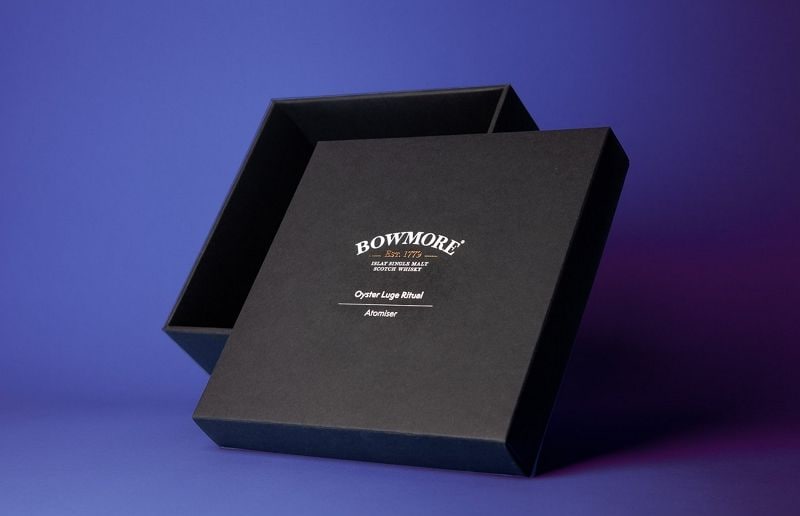
In this visually oversaturated consumerism and design-oriented era, customers want to see, understand, and experience products before buying them. They want to know what they’re buying and understand each tiny detail of the product before paying.
Unpacking videos have become a major trend on YouTube, and companies are putting more and more effort into manufacturing and designing branded product packaging. It makes sense to capture these fantastic packaging in detail to showcase your hard work.
People care about product packaging, which might push them in the right direction to have packaging images. Packaging showcases the brand and allows people to understand when buying an original and how it looks.
10. Mannequin Product Photography
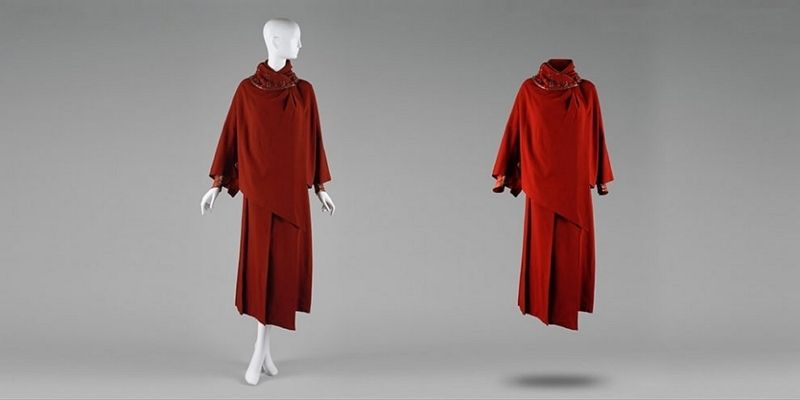
Mannequin product photography is a popular layout, especially regarding clothing images. Mannequin photos are somewhere in between hero shots and typical product photos. They show how a piece of clothing or jewelry looks on someone.
However, these photos can be used for product pages next to typical presentations to give additional context and lifestyle examples. This type is used to display the properties of the materials, show the fit, and present object lines.
Mannequin images make the items more personable and bring the products close to customers. The mannequin can’t tell someone if the product would fit them, but it can show them how it’s worn and how it would look.
More tips:
11. Hero Shot Product Photography
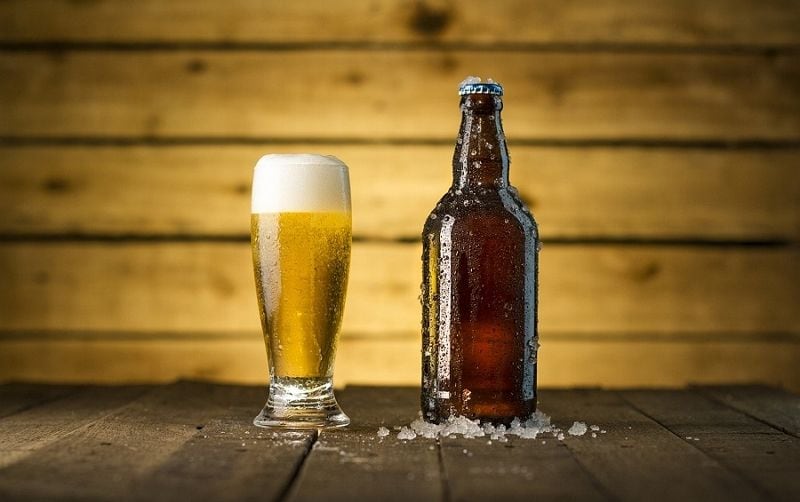
Hero shots are primarily used for advertising campaigns and social media but aren’t limited to these channels. Similarly to the typical product photography on marketplaces and e-commerce stores, these shots focus on the product centered in the frame and take most of the shot.
But hero shots have a creative twist and aren’t limited to white backgrounds. They are minimalistic expressions but include emotional triggers in the form of props, backgrounds, or unusual angles. These products should be used for product pages, but they are a great option to boost brand awareness, create loyalty, or attract attention on social media.
12. Action Product Photography
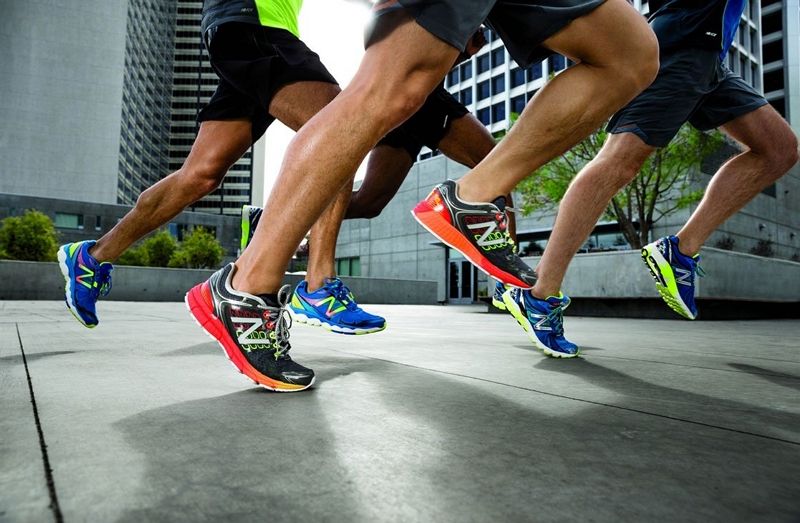
Action shots, or lifestyle product photos, give context to how products are meant to be used in real life. For example, a typical action product photo is a man wearing running shoes in the park. That demonstrates how the shoes fit and how they are meant to be used.
Many online stores have webpages or whole catalogs that give more context by displaying the use of the product. Potential customers can see the product in use, but with some products, it’s impossible to showcase them in use, but you can display people wearing clothes and how they fit in with their lifestyles.
It’s about showing the subject and how the products enrich their lives, allowing people to focus on the product and determine if it’s something they need.
13. Studio Product Photography
The need for product photography is constantly growing. Online stores sell thousands of products that need clean and good images. However, these products require different approaches so you can show their strengths.
A bottle of cologne has different characters and requires different lighting than a pair of shoes. The surface and the shape of these products are different. In these situations, studio product photography is the most flexible option, and a crafty photographer can take professional shots of any product.
14. Group Product Photography

Any product photography that contains more than one object is a group product photo. It might sound like an obsolete and boring technique, but industries spend thousands of dollars on extra photo fees just because they take photos of individual products they don’t need.
Some companies simply don’t have many subcategories and differences between their products, so there’s no need to take photos of them individually. Apart from saving valuable money, these product images can also be useful for specific imagery representing specific subcategories.
For example, if you have a “footwear” section on your e-commerce store, you can take photos of multiple products in this subcategory so that customers can know what to expect.
15. Individual Product Photography

Individual product photography is ubiquitous; most e-commerce stores display their products individually. The point of individual shots is to focus only on one product and showcase all of its specs in detail. Individual images are usually featured on product pages, banners, and catalogs.
Individual photography is an excellent option for showcasing a collection, highlighting the style of products, giving additional context, and upselling.
With this option, you can showcase products in all their glory and give potential customers visual evidence of their greatness. Individual product shots include centered objects with sharp focus and strong lighting.
16. Scale Product Photography
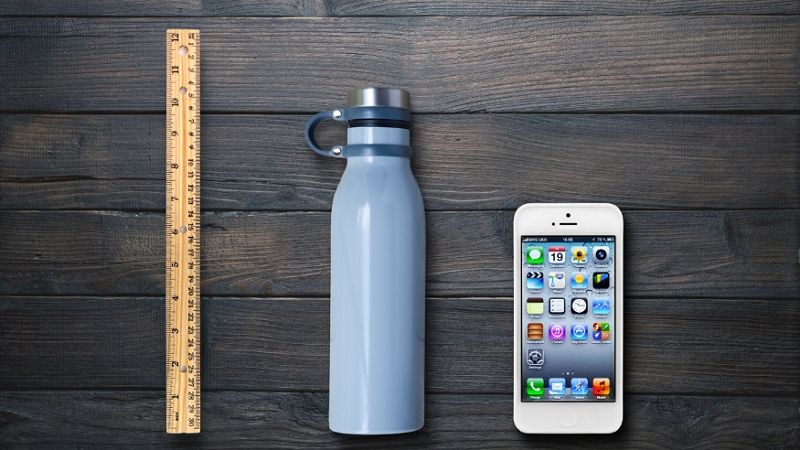
Scale product photography focuses on capturing products in relation to other objects or elements to emphasize their size or dimensions. This style is particularly useful when showcasing products of varying sizes or when it's important to convey the actual scale of the product. By including reference objects or props in the composition, viewers can easily comprehend the relative size of the product.
Scale product photography is commonly employed in industries such as furniture, appliances, toys, and electronics. This technique enables businesses to provide customers with a clear understanding of the product's dimensions and helps them make informed purchasing decisions based on accurate size representation.
Use an AI Tool to Create Different Types of Product Photography Quickly [HOT]
If you don’t have the money to hire a professional photographer or the equipment and knowledge to take photos of your own, there’s an excellent alternative for you – AI tools. There are various AI tools for product photography, but we will give you an example of how Wondershare VirtuLook works since we’ve used it.
Here’s how you can change the scene of your product after taking a simple shot of your product:
- Step 1: Visit Wondershare VirtuLook to sign up or log in. More detailes you can reference VirtuLook guide.
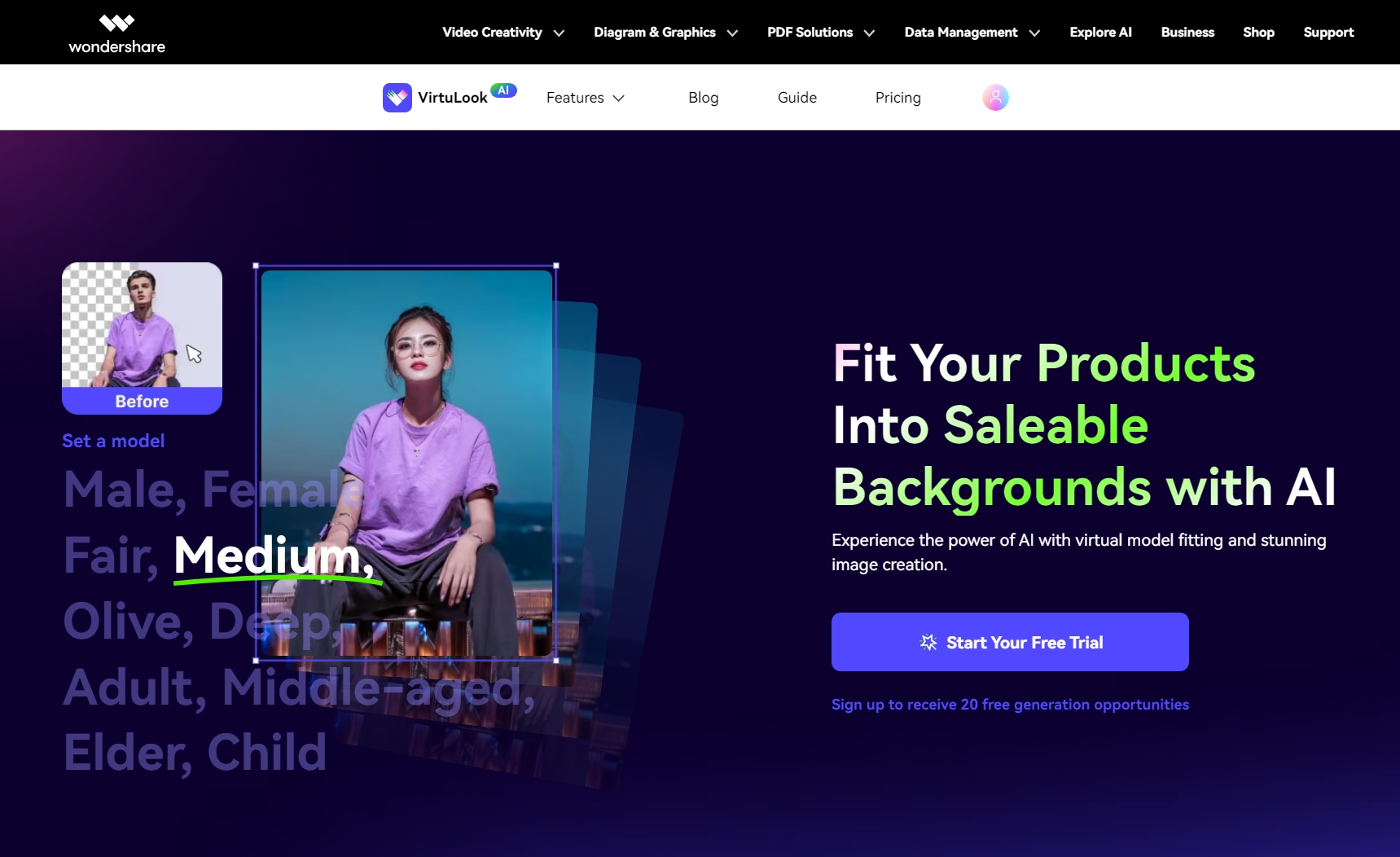
- Step 2: After enter VirtuLook Workspace, click on Product photo generation > Step 1: Click to upload.
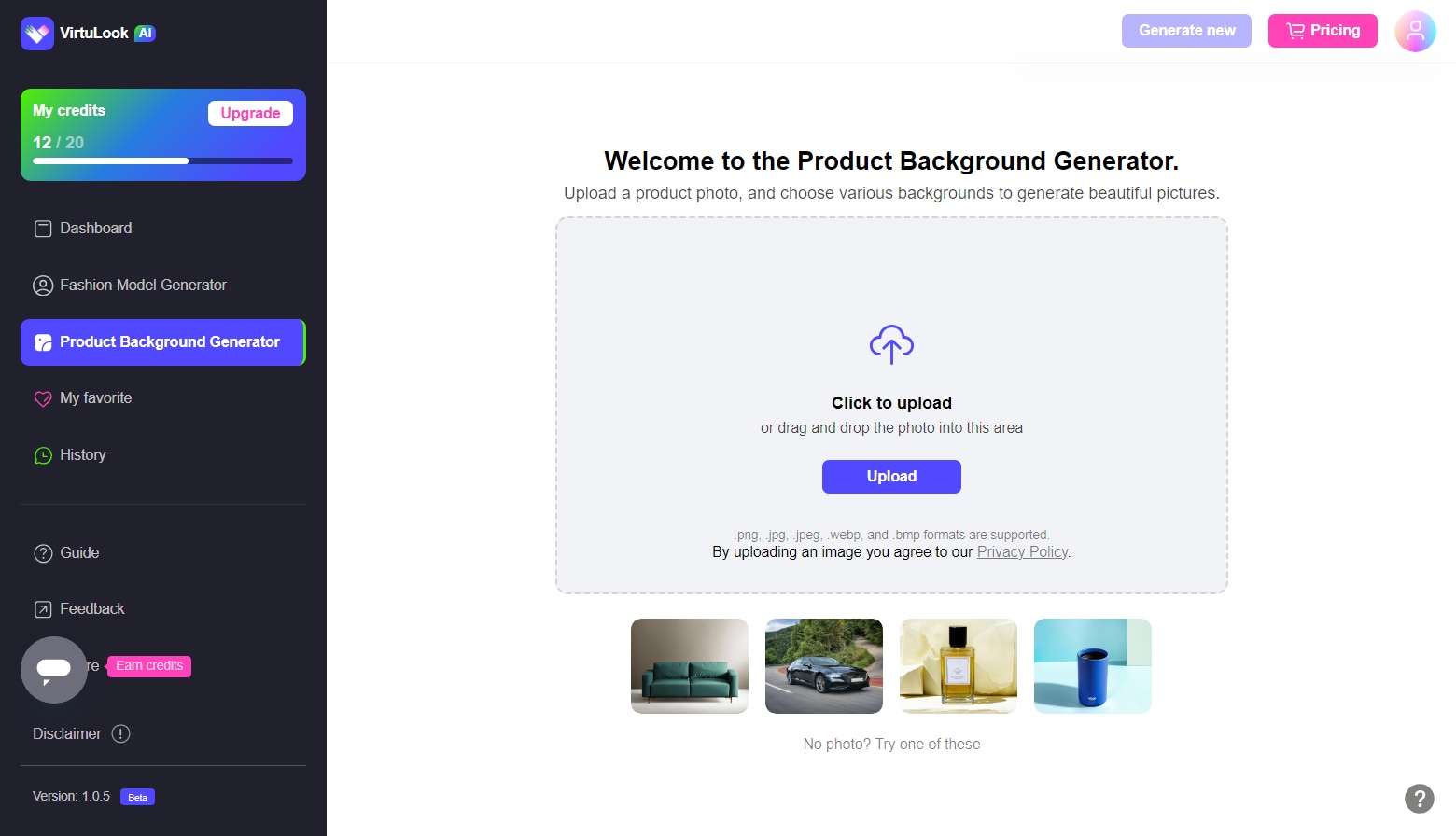
- Step 3: Edit your product image. Choose a suitable backgroud according to the features of your product. Or input prompts as you desired under Custom Editing.

- Step 4: Click Cast the Spell to generate a totally new product image. Alternatively, save the ouput product photo by clicking the Download icon.

This is just one of the things Wondershare VirtuLook can do with product images. It can change fashion scene backgrounds, generate garment photos of different models, generate models wearing your shoes, convert mannequins to human models, etc. The best of all is that the process is simple for every workflow.
When to Consider Hiring a Professional Product Photographer
If your business has kicked off and you have enough money to invest in professional product photography, you should go for it. Yes, professional product photography has benefits, but you must pay a lot of money to get those exceptional results.
With some craftsmanship and AI tools, you can create product images that will do a solid job and look professional. When growing your business, investing in other areas like marketing or product development is better to put your brand on the map.
Conclusion
These are the main types of product photography you should know. It’s important to diversify your product visual representation and be creative with your shoots to get the best results possible and showcase the quality of your products.
FAQ
-
What type of photography is product photography?
Product photography is also called e-commerce photography because it’s mainly used on websites and social media to boost sales and drive engagement. -
Are there different types of product photography?
Yes, there are a dozen product photography types, including hanging, studio, process, advertising, action, group, individual, mannequin, hero shot, white background, large, and packaging product photography. -
Should I use different product photography types?
Yes, of course. Different styles of product photography can yield better results if placed and used correctly. -
What is the difference between commercial and advertising photography?
Advertising photography is focused on convincing people to get a product, while commercial photography captures the essence of a product. -
What is another name for product photography?
Product photography is also known as e-commerce photography.
